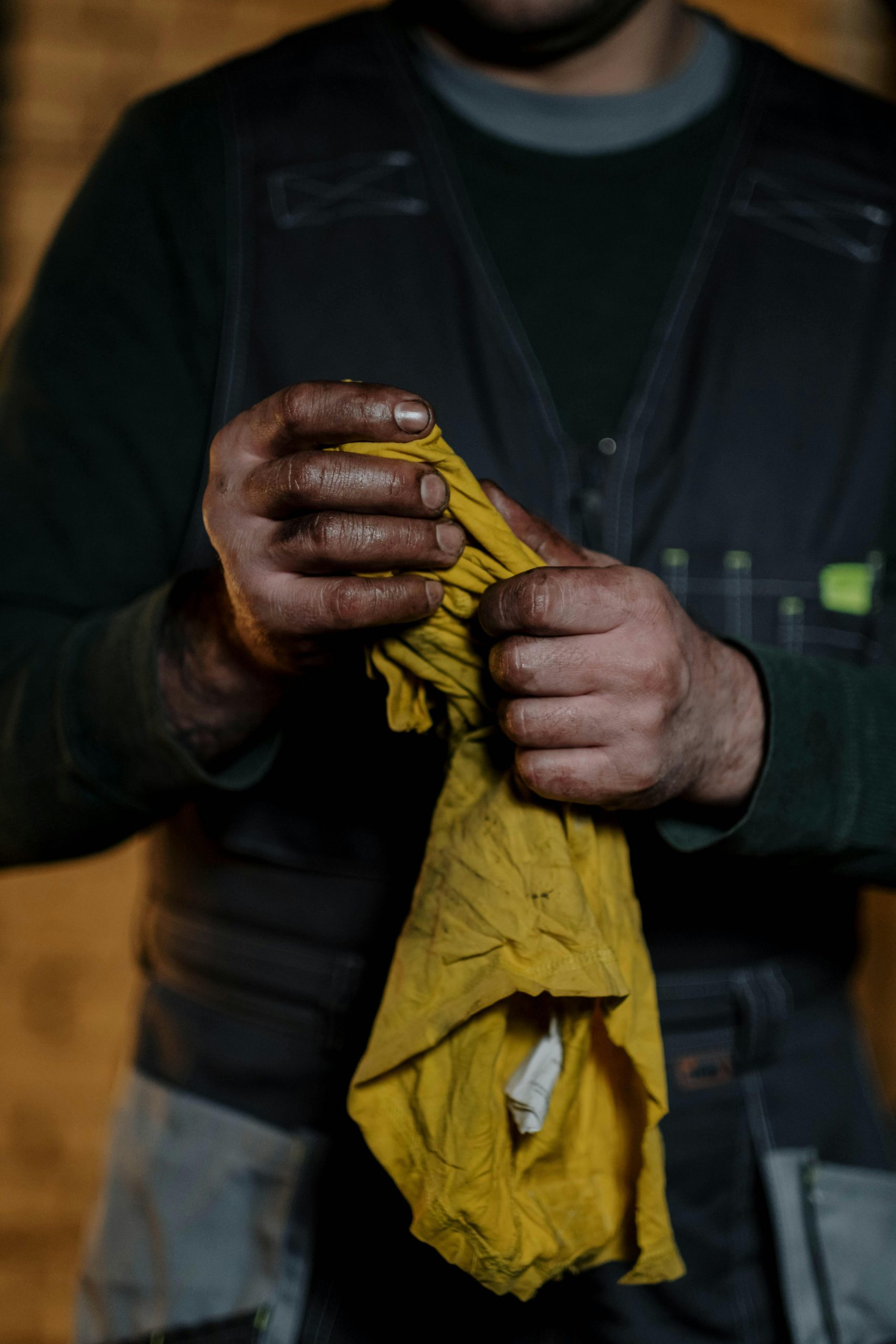We fill our homes with products designed to make our lives easier and more comfortable. However, modern technology and materials have introduced new fire risks that many people overlook. An item that seems perfectly harmless can pose a significant threat if it’s damaged, misused, or poorly manufactured. Fire safety experts in 2025 continually warn consumers about new and evolving dangers lurking in plain sight. You should treat these nine everyday items with extra caution, as they are now considered potential fire hazards.

1. E-Bike and E-Scooter Batteries
The lithium-ion batteries that power micromobility devices like e-bikes and e-scooters are a leading cause of home fires. If these batteries are damaged, overcharged, or uncertified, they can experience “thermal runaway,” a violent and explosive fire that is extremely difficult to extinguish. You should never charge these devices unattended or near an exit.
2. Generic Phone Chargers and Power Banks
Cheap, uncertified USB chargers and power banks from unknown brands pose a serious fire risk. These products often lack the proper safety circuits to prevent overcharging, short-circuiting, and overheating. Using a knock-off charger can not only damage your expensive smartphone but can also easily start a fire, especially if left plugged in overnight.
3. Cluttered Power Strips
People often overload power strips with too many plugs, creating a dangerous electrical demand. Chaining multiple power strips together or plugging high-draw appliances like space heaters or coffee makers into them can cause the strip to overheat and ignite. You should always plug major appliances directly into a wall outlet.
4. Dryer Lint
The lint trap in your clothes dryer is a well-known fire hazard, but many people forget to clean it after every use. A buildup of highly flammable lint can ignite from the dryer’s heating element. Furthermore, you should have the dryer’s entire exhaust vent line professionally cleaned periodically to remove trapped lint deep inside the walls.
5. 9-Volt Batteries
The exposed terminals on a 9-volt battery make it uniquely dangerous. If a metal object like steel wool, a paperclip, or another battery touches both terminals at once, it can create a circuit, causing the battery to heat up rapidly and potentially start a fire. You should always store 9-volt batteries with their terminals covered, for instance, with a piece of electrical tape.
6. Laptops on Soft Surfaces
Modern laptops generate a significant amount of heat, and they rely on vents to dissipate it. When you place a laptop on a soft surface like a bed, couch, or pillow, the fabric can block these vents. This traps the heat, causing the internal components to overheat, which can damage the laptop and create a fire hazard with the flammable bedding material.
7. Halogen Light Bulbs
Although LED bulbs are now the standard, many older light fixtures still use halogen bulbs. These bulbs operate at extremely high temperatures, much hotter than incandescent or LED bulbs. If a halogen bulb comes into contact with flammable materials like curtains, paper lamp shades, or bedding, it can easily cause them to ignite.
8. Outdated Appliances
That old refrigerator in the garage or the vintage toaster from a thrift store might have charm, but they can also be a fire risk. Older appliances may not meet modern safety standards and often have frayed wiring or worn-out electrical components. These defects can lead to short circuits and dangerous overheating.
9. Oil-Soaked Rags

This is a common hazard in DIY projects. Rags soaked with oil-based stains, linseed oil, or certain varnishes can spontaneously combust. As the oils oxidize, they generate heat. If you pile the rags together, the heat cannot escape, building up until the rags ignite on their own. You must always lay them out flat to dry outdoors or submerge them in water in a sealed metal can.
Prioritizing Home Safety
Living safely in a modern home requires being aware of these hidden dangers. By understanding the risks associated with everyday items, especially those involving lithium-ion batteries and electronics, you can take simple, proactive steps to prevent a devastating fire. Proper use, certified products, and regular maintenance are your best defenses against these common household hazards.
Have you ever had a close call with a fire hazard at home? What other safety tips do you think are essential for modern households? Share your advice!
Read More
10 Kitchen Gadgets That Have Caused Fires or Injuries
Wholesale Shopping Isn’t Always Cheaper—Here’s When It Backfires
The post 9 Everyday Items Now Considered Fire Hazards appeared first on Grocery Coupon Guide.







